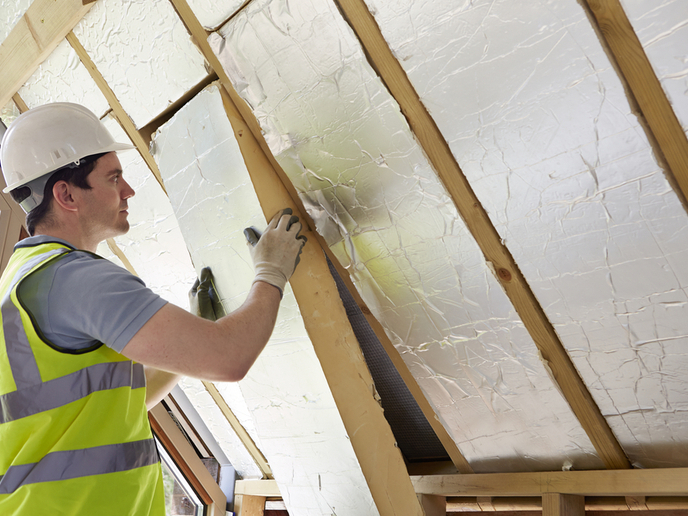Greening Europe’s housing stock
Retrofitting(opens in new window) buildings typically involves the addition of new technologies and applications, for the purposes of improved energy efficiency, or better health and safety of residents. “If done well, the economic benefits of retrofitting can be huge,” says INNOVATE(opens in new window) project coordinator Thibaut Maraquin, who is also project manager at Energy Cities(opens in new window), France. Retrofitting also presents opportunities for moving Europe’s building stock towards carbon neutrality, and for tackling fuel poverty. Other benefits may not be obvious – well-renovated hospitals, for example, have also been shown to accelerate patient recovery times. Despite these benefits, deep retrofits are still not happening fast enough. They can be complex for homeowners to carry out, and there is a lack of skilled workers in the construction sector, and a further lack of knowledge within local administrations. Innovative retrofitting projects can also find it difficult to access long-term financing.
Innovative and accessible
To address these challenges, the INNOVATE project brought together public authorities, energy agencies, private companies and cooperatives across 11 countries. The aim was to develop and roll out integrated energy retrofit packages targeted specifically at homeowners. “What we wanted to do was to establish renovation one-stop shops,” explains Maraquin. “Each one-stop shop would be designed and defined within its local boundaries. At the same time, the project provided the opportunity for us to share experiences, and to support each other.” At these one-stop shops, homeowners can find all the information and services they need to implement ambitious energy renovation projects. Services include tailor-made energy renovation and financial plans, and the coordination of the renovation process itself. Some one-stop shops go as far as providing long-term and affordable financing for low- and middle-income families, elderly people and other vulnerable groups. Post-work monitoring of the quality of the work and, ideally, guaranteed energy savings are also offered.
Upscaling renovation programmes
The INNOVATE project faced a number of challenges along the way. These included the need to change the mindset of contractors and suppliers, making the process viable and scalable, and taking account of the fast-moving political and social context of the energy transition. Nonetheless, Maraquin believes that the project has successfully demonstrated how innovative collaboration can help drive retrofitting support forward. “The project has played an essential role in giving birth to one-stop shops, or growing existing ones,” he notes. “It has helped to create a network of new experts in the field. We are only at the beginning of the journey however, as European climate and energy targets will require a massive upscaling of integrated renovation programmes.” A series of lessons have been collected and published by the project consortium. These include the fact that it will take time before one-stop shops see results, the need to take into account the geographical location of each territory and the importance of having an accessible online platform. The INNOVATE project has also helped to inform policymakers about the importance of well-designed retrofitting support strategies, ideally driven by local authorities. “The inclusion of one-stop shops in the European Commission’s Renovation Wave Strategy(opens in new window) from October 2020 has been an important success,” Maraquin adds. A set of clear policy recommendations has been put forward. The range of financing for energy-efficient refurbishments should be extended, and the organisation of networked one-stop shops encouraged. Finally, one-stop shops should focus on renovations that are consistent with the EU’s objectives of reaching a carbon-neutral economy by 2050.







